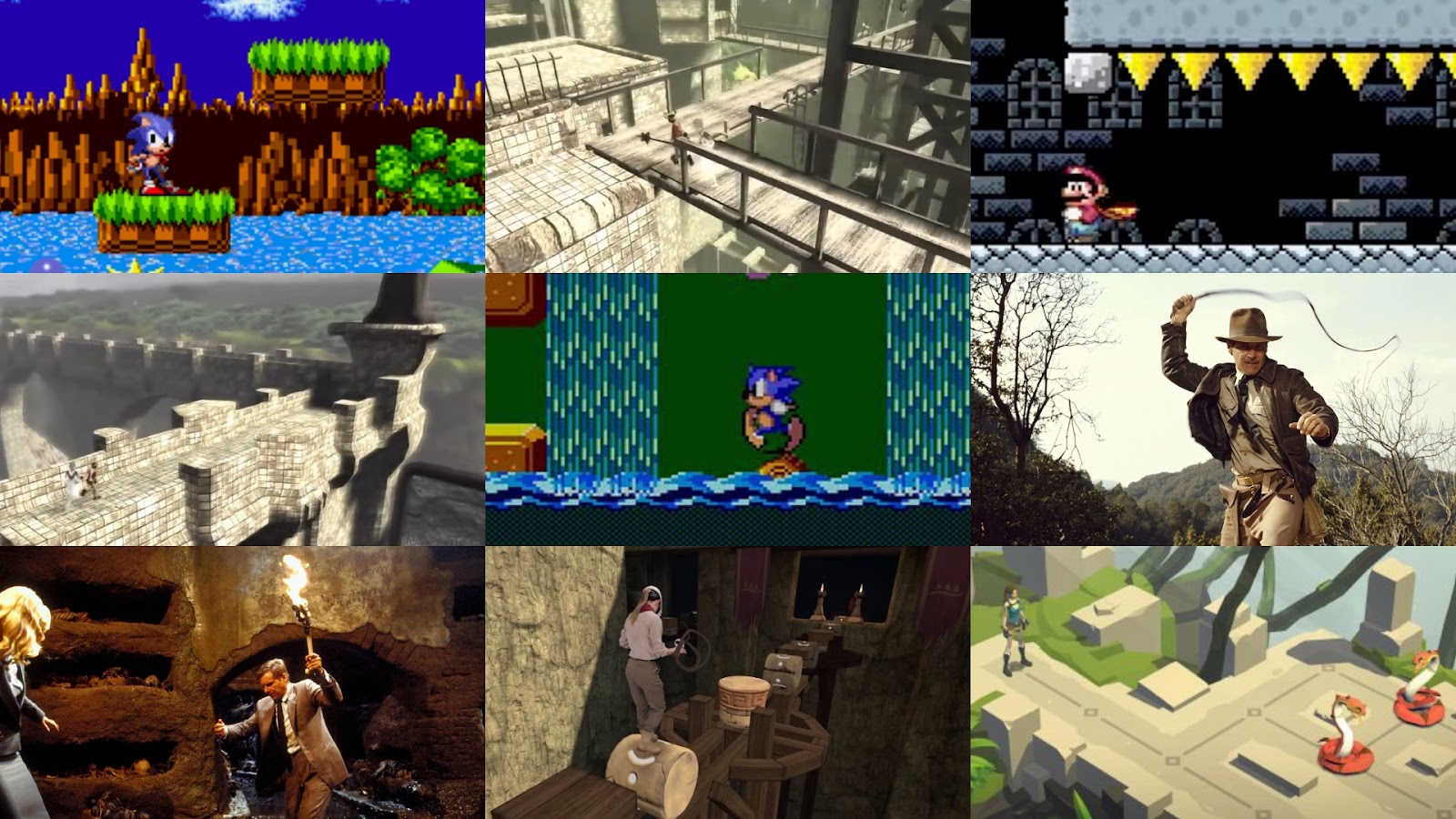Procedural game progression dependency graphs
Behind the design of Eye of the Temple, out on Quest 2

My VR adventure Eye of the Temple, that I've been working on since 2016, has landed on the Meta Quest 2! It was released last week on April 27th. Get Eye of the Temple for Quest 2 on the Oculus Store Originally released for SteamVR in October 2021, so many people have asked for it to be brought to the Quest 2 as a native app, so I'm happy it's finally a reality. The Quest 2 version was co-developed with Salmi Games and it took all our combined and complimentary skills to bring the game to life at target framerate on the Quest 2 mobile hardware. ...
Launching Eye of the Temple - this was my experience

My VR adventure Eye of the Temple, that I've been working on for the past five years, has finally shipped! It was released last month on October 14th. Naturally this was a huge milestone for me after having worked on it for so long. And while I've released some smaller games for free in the past, Eye of the Temple is my commercial debut game. I actually did it! Wow, I say, patting myself on the back. ...
Designing for a Sense of Mystery and Wonder

I play games to get to explore intriguing places, while challenge and story is secondary to me. But there still has to be a point to the exploration. I don’t want to just wander around some place - I want to uncover something intriguing and ideally mysterious. But the mystery lies not in the uncovering; it lies in the anticipation, or rather the lack of knowing exactly what I might find. In this article I examine ...
Working with puzzle design through state space visualization

In the beginning of 2014 I was interested in procedurally generating computer games puzzles with typical elements like toggles, gates that can be triggered to open, boxes or boulders that can be moved onto pressure plates, etc. Many games contain elements like these and I took inspiration in particular from the game Lara Croft and the Guardian of Light. To better understand these puzzles, and understand what makes a puzzle interesting or boring, I started creating a tool for analyzing and visualizing the state space of the puzzle. In the Procedural Content Generation mailing list I discussed the approach ...
Creating natural paths on terrains using pathfinding

Pathfinding is not just for finding paths for AI agents/NPCs and similar. It’s also for procedurally creating paths. While working on path creation for a procedural terrain, I had the problem that the generated paths would keep having too steep sections, like this: It was too steep and also didn’t look natural at all. I kept increasing the cost multiplier for slopes, but it didn’t help. Then it hit me: My function just penalized the vertical distance, but it didn’t make any difference if this vertical distance came gradually or all at once. ...
Procedural world potentials: The simulation, functional and planning approaches

Procedural generation has gotten a lot more popular since my interest in it started 10 years ago. Today most game developers and even many gamers know what it means in broad terms. In this piece I want to highlight fundamental differences between three approaches to procedural world generation: The simulation approach, the functional approach and the planning approach. The approaches are not only algorithmically very different but are also suitable for different types of games and gameplay. Here's a breakdown and analysis, with lovingly hand-drawn - err, ...
A Primer on Repeatable Random Numbers

If you're creating anything procedural, you're almost guaranteed to come in need of random numbers at one point. And if you want to be able to produce the same result more than once, you'll need the random numbers to be repeatable. In this article we'll use level/world generation in games as example use cases, but the lessons are applicable to many other things, such as procedural textures, models, music, etc. They are however not meant for applications with very strict requirements, such as cryptography. ...
Layer-Based Procedural Generation
One of the problems you'll face when creating an infinite procedurally generated world is that your procedural algorithm is not completely context-free: For example, some block might need to know about neighboring blocks. To use graphics processing as an example, you might have an initial noise function which is completely context-free, but very often an interesting procedural generation algorithm will also involve a blur filter, or something else where the local result depends on the neighboring data. But since you only have a part of the world loaded/generated at a time, what do you do at the boundaries of the loaded area? The neighboring pixels or data isn't available there since it isn't loaded/generated yet. The layer-based approach I describe in this post and video is a way to address this issue. ...
